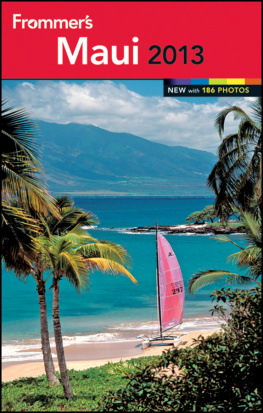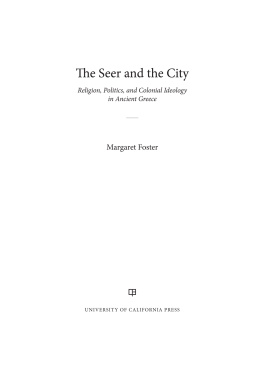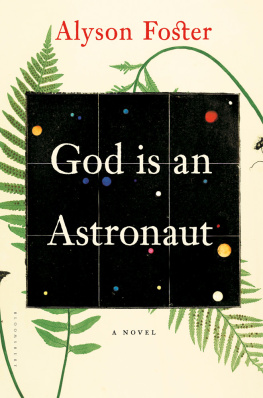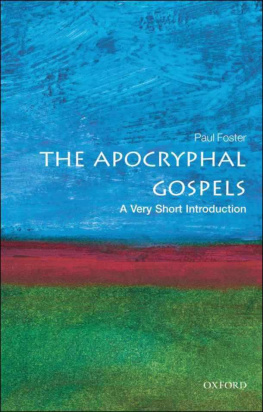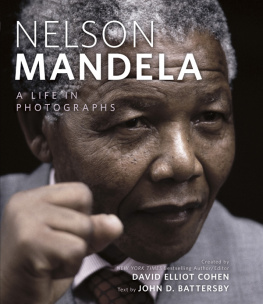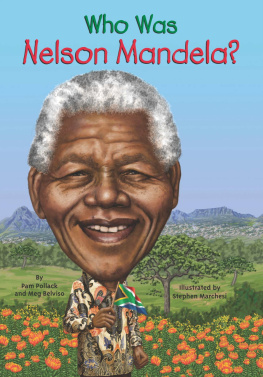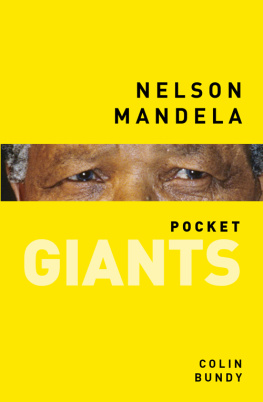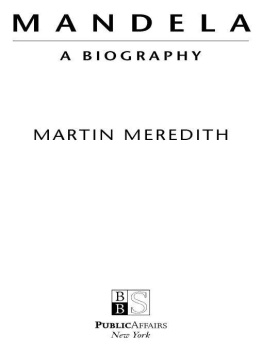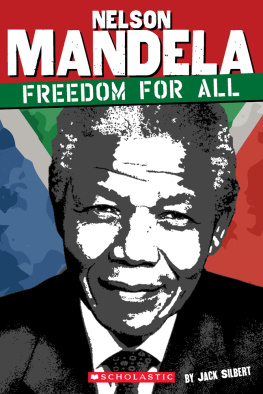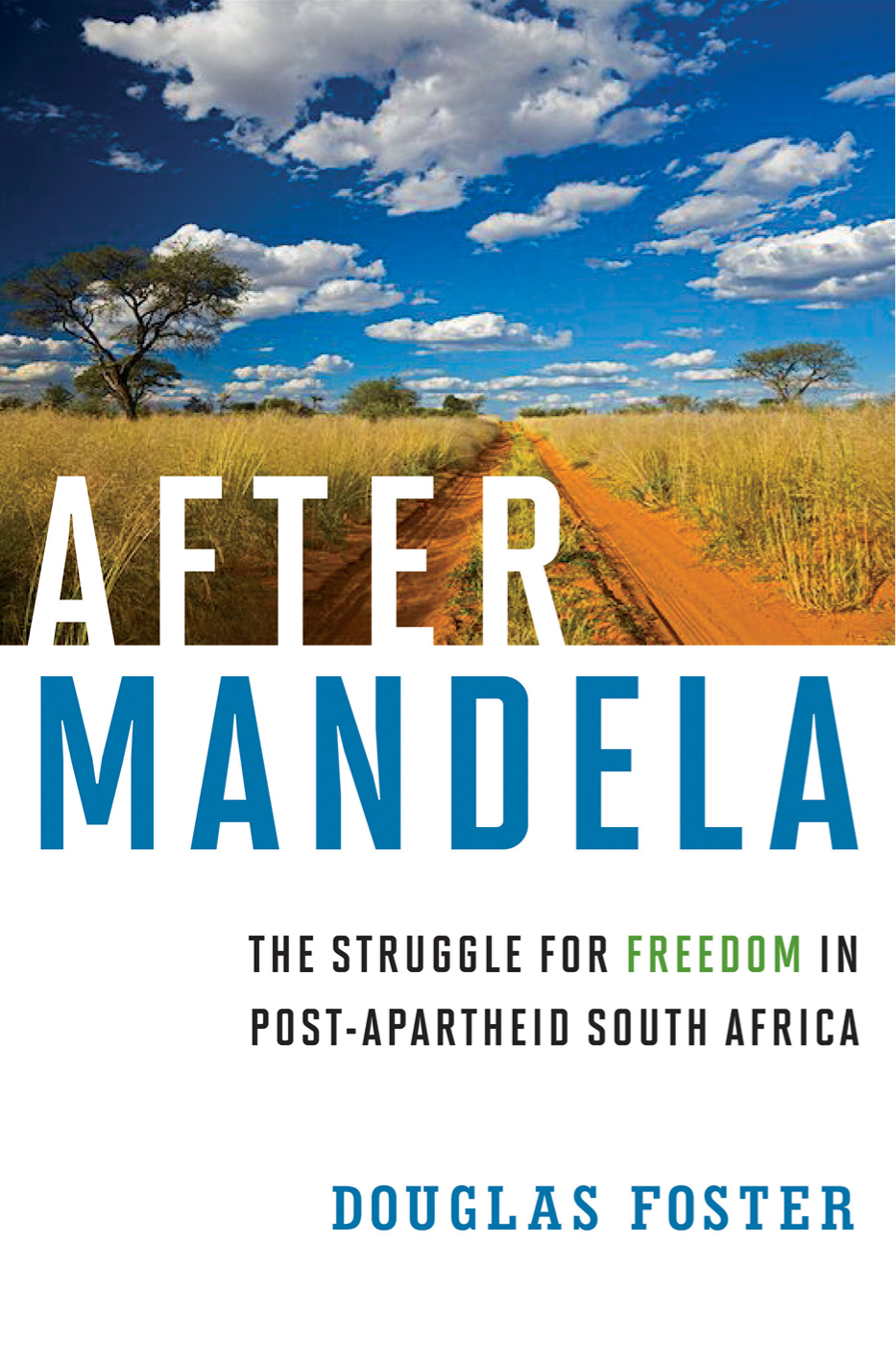
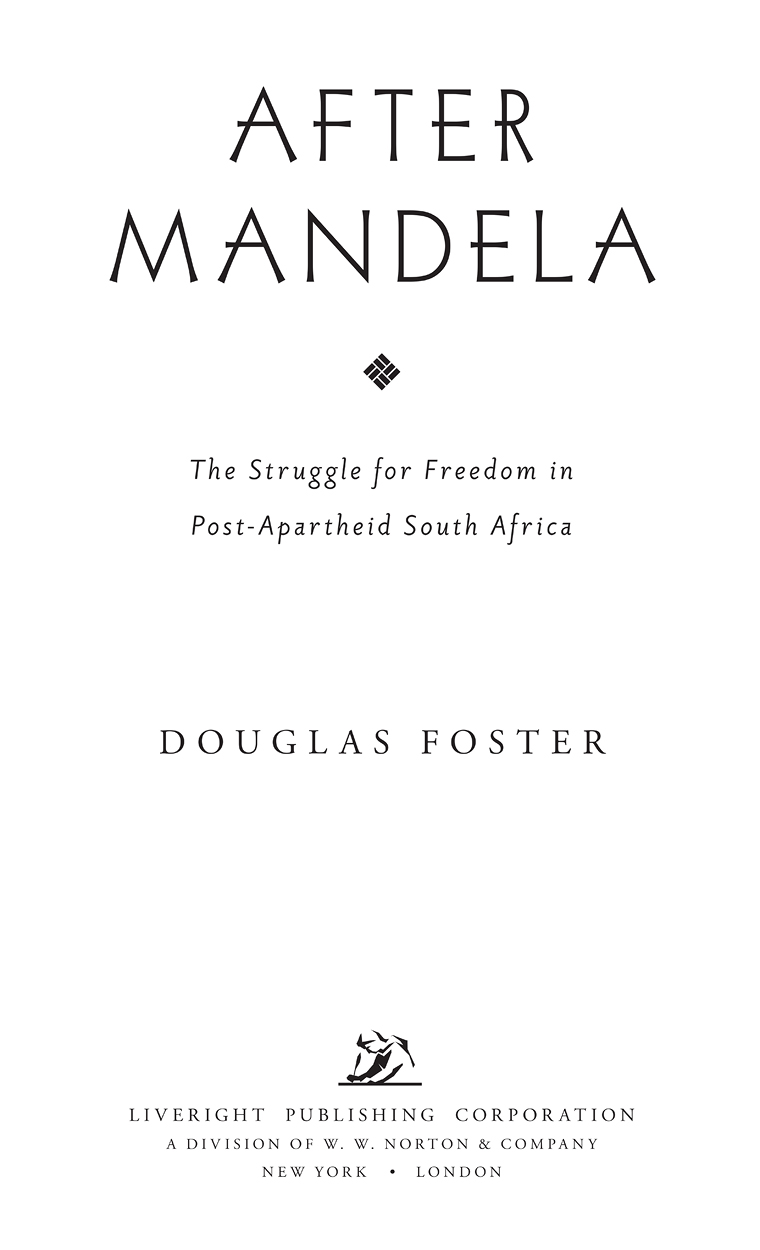
To Jacob Foster, my beloved son,
who shared the entire adventure
For my parents, Frances and Donald,
who took me to Africa for the first time in 1962
And for Anne Lamott, truest compass
and most certain guide
Contents

PART II The Stalled Revolution
(20052006)
PART IV The End of
Magical Thinking (20082012)
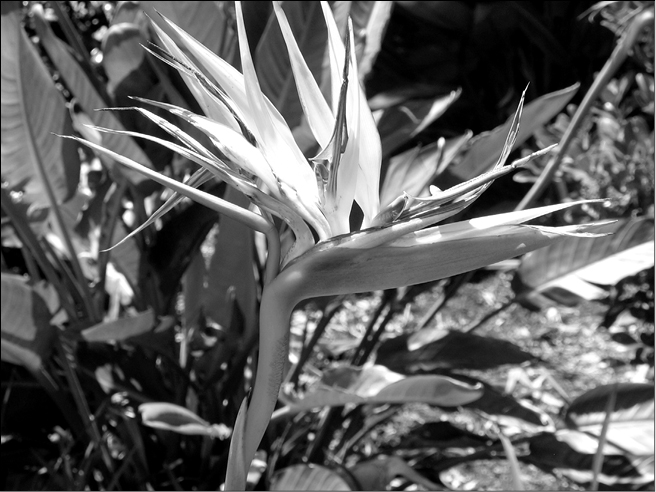
Bird of paradise, also known as the crane flower, is a perennial pollinated by sunbirds and is native to South Africa. ( Douglas Foster )
Overture
Baleka Uzohaqwa!
(Escape Before You Are Injured!)
Low-hanging clouds shadowed Cape Towns flat-topped colossus, known in English as Table Mountain and in isiXhosa as Umlindi Wemingizimu (Watcher of the South). Streams of fog swept its craggy slopes, wrapping the entire city below in misty ribbons. On the drive from the airport we slowed through brief whiteouts; one minute the view was clear, and in the next it was all pale oblivion. On our left, a stand of trees veiled the massive hillside monument to Cecil Rhodes, the sixth prime minister of the Cape Colony in the nineteenth century who envisioned the imposition of white rule across the continent from Cape Town to Cairo. This was a place that always inspired big dreams of radical change.
For outsiders, mention of South Africa summoned up memories of the extreme form of racial segregation that held sway here for more than forty years, and also the stunning transition to one-personone-vote democracy in 1994. A decade later, in March of 2004, I had traveled to South Africa, in part to get a fix on how the grand experiment in creating a different kind of society had worked out. The country, a land of ragged coastline and open savannas where humans first emerged to stand upright on two legs more than two million years ago, was in the midst of a struggle to hang onto the vision of a nonracial, nonsexist, and egalitarian nation promised at its birth.
The emerald waters of Table Bay came into view. If you squinted, you could make out Robben Island, a stark islet far offshore where generations of rebels like Nelson Mandela were once held. This glimpse was superimposed, naturally, over a palimpsest of images from newsreels, photographs, books, and films Id seen that gave visitors a powerful, and sometimes misleading, sensation of knowing the place already. For my generation, South Africa had symbolized a modern moral fable. For millions of other people around the world, the mass global mobilization against the system of racial segregation known as apartheid had unfolded much like the international campaign to end slavery a century earlier. In demonstrations in the United States for civil rights and against the Vietnam War, students also had hoisted placards with Mandelas image and chanted, Free Mandela! because they believed there was an essential link between his freedom and theirs.
Under apartheid (which means apartness in Afrikaans), ones identity was established chiefly on the basis of skin color: you were European (white), Coloured (mixed race), Asian (Indian), or Native (black). The vast majority had been governed, for centuries, by the white minority. Now, at last, the natives were in charge. For ten years, the country had been governed by a three-sided coalition including the African National Congress (ANC), the continentals oldest political party; the Congress of South African Trade Unions (COSATU); and the South African Communist Party (SACP).
Political liberation hadnt led to material freedom yet, though. On this first trip, I had brought along with me ten students from the university where I teach, and they were stunned by first impressions. On the drive into Cape Town there were shacks along the highway for as far as we could see. Kids from informal settlements darted out from the side of the road to play chicken to the concrete median strip, where they watched luxury sedans whiz by. We passed, soon enough, into the parallel universe of a gorgeous tourist destination with a world-class convention center. Just off the last off-ramp into Cape Town, at Riebeek Street, there was an Alfa Romeo and Rolls-Royce dealership, where business was brisk.
Up on Long Street, near the hostel where we would be staying, cafes and clubs overflowed with people dressed in designer-label clothes. The image of Thabo Mbeki, Nelson Mandelas successor as president, was plastered on utility poles up and down the alleys and streets. Campaign posters for the ANC showed him dressed in a dark business suit, smiling shyly beneath the governing partys ubiquitous slogan: A Better Life for All.
An unruly clutch of street kids wrapped in tattered blankets shouted in the background as more fortunate people were ordering skinny lattes and tramezzini. The kids latched onto us before we could find our footing at the curb. Captain! Master! Baas ! they cried, using the old Afrikaans word for white boss. Were hungry, Baas ! It startled us to be implicated, right from the beginning, in the language of oppression.
If you lost track of developments in South Africa around the time Mandela retired as head of state in 1999, its recent history seemed rather disappointing. When Mandela took office, he was depicted as the indispensable leader, using his magic to inspire a miracle. If you paired the terms magic and Mandela in a Google search, you would find a million hits. By contrast, the 154,000 entries for his successor, Thabo Mbeki, were stripped of any inference of magic. He was dubbed the enigmatic leader who had stabilized the national economy but also had sabotaged the countrys effort to control the spread of AIDS.
President Mbeki was the chief architect of the postliberation transition, but his administration was swamped by two world historical forces that might have sunk even a more visionary leaderrapid economic globalization and an unprecedented sexually transmitted plague. South Africa was the only place on the globe where advanced capitalism, AIDS, and political freedom rushed through the door together. Could the idea of a rainbow people, creating a Rainbow Nation, survive the pressure?

On our third day in Cape Town, the students and I headed out to a demonstration, in a township outside the city, called by the Treatment Action Campaign (TAC). The group was the countrys largest and most successful civic organization, responsible for advocating on behalf of HIV-positive people. Leaders of TAC in Khayelitsha had called the protest to raise hell about the rape and killing of an activist who had disclosed that she was infected with HIV. Our guide, hired to show us around, initially balked at taking us to the township. You never know what these blacks will do, he told us. To us, he looked as dark as any African American, but in South African terms he was coloured , or of mixed race. It was our first lesson in the tapestry of racial bigotry that extended far beyond divisions between blacks and whites.
We arrived in Khayelitsha just as organizers from TAC were unveiling banners that read, Once a Killer Always a Killer / Keep Them Away from Our Community, No Bail for Murderers, REMEMBER LORNA, and JAIL THEM FOR LIFE. Within a half hour we had gathered a collection of stories from women who had been raped into AIDS and who together had successfully fought back against discrimination. Our guide stuck close to the car, though, looking quite uncomfortable. He regained his composure only when we left the black township and moved on to another settlement, Mitchells Plain, which under apartheid had been set aside for mixed-race people, or coloureds.
Next page


